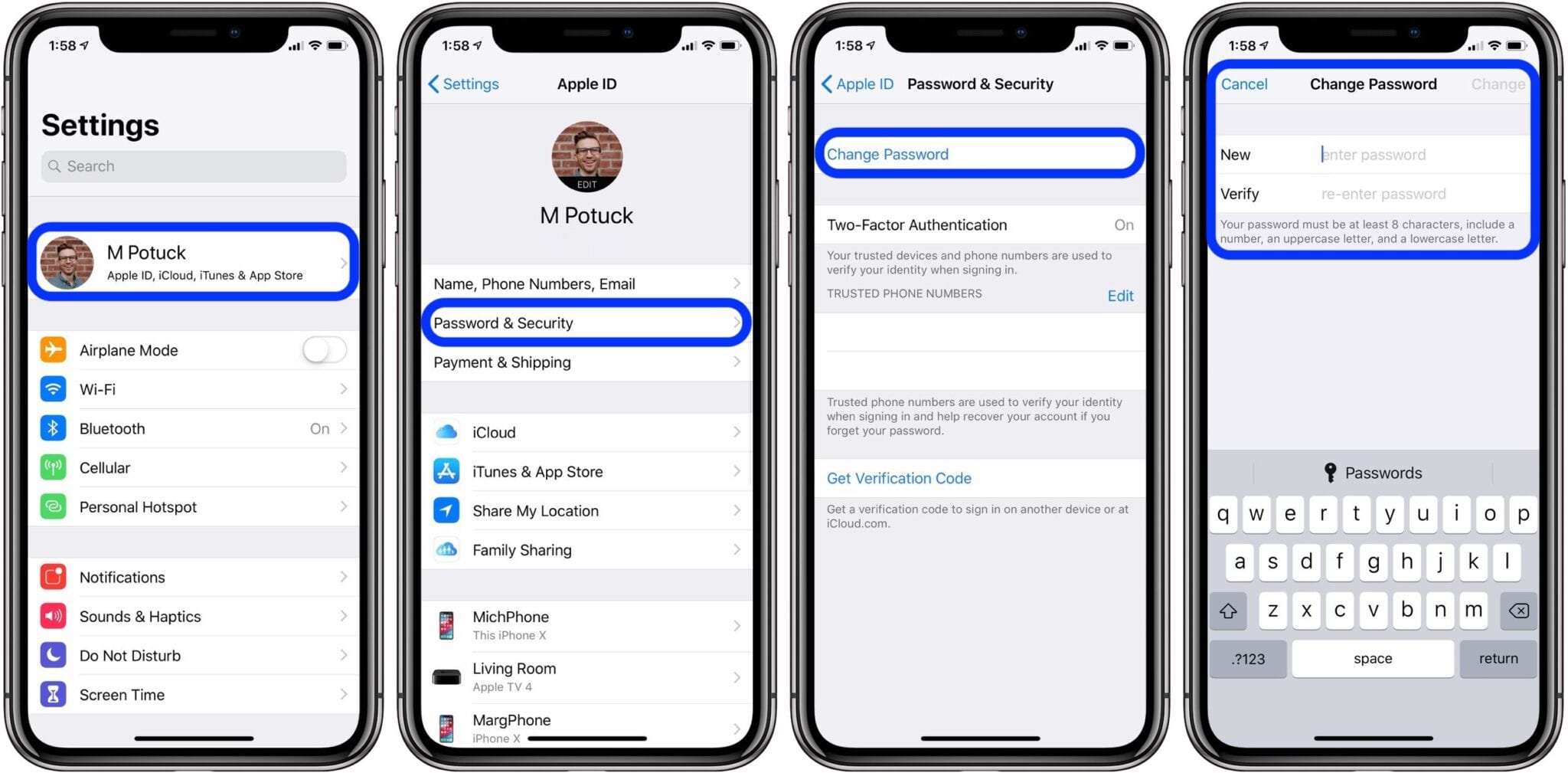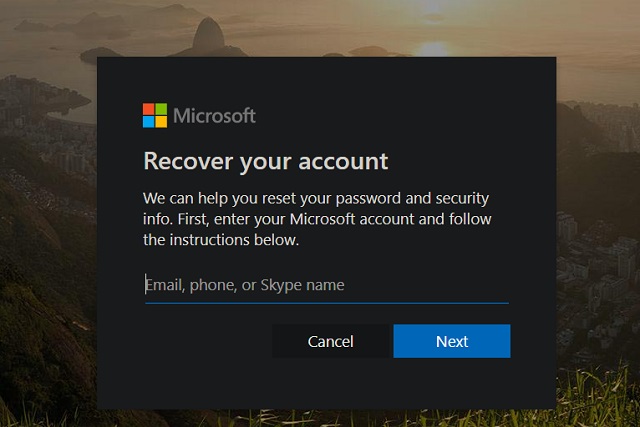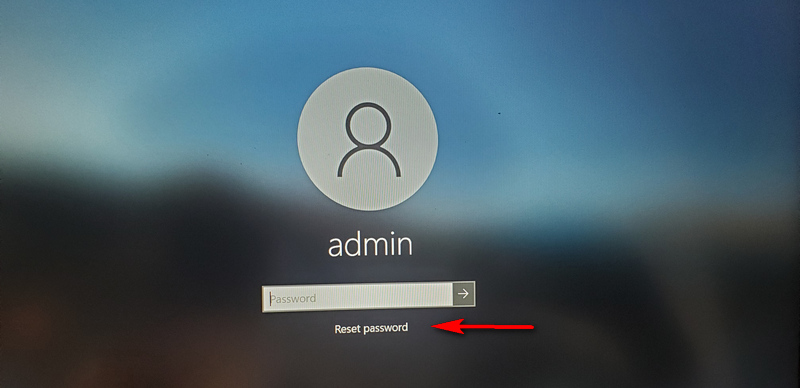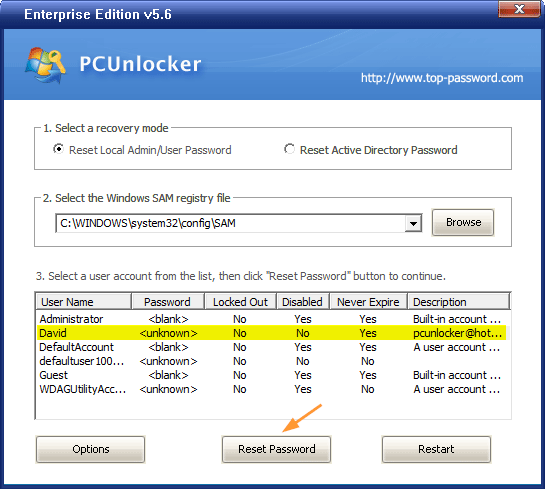


Such areas include the global Library folder and the Applications folder (both at the root of the hard drive). The second is the admin-level access, which include system files that administrators can freely access without needing to authenticate. This is usually just the user's home folder and the files located within it. The first is the user-level access, which are files that you have full access to, regardless of where they are. OS X is generally split into three access permissions tiers. Sometimes this issue may occur only when you perform certain tasks such as deleting files (as opposed to placing them in the trash), but at other times it may happen on any manipulation.

However, after upgrading or otherwise performing changes to the system you may find that the system continually prompts you for a password when you try to manage your files. In OS X you should be able to create and manipulate files on your system largely without being burdened to authenticate, especially if the files are within resources your account owns such as your home folder. Step three: Password control If you change your account password, you may sometimes find the default keychain password has not changed. Enter a new Keychain password and restart your Mac.

When the download has completed, you receive a notification indicating that High Sierra is ready to be installed.”. According to Apple, for folks using OS X El Capitan v10.11.5 or later, “High Sierra conveniently downloads in the background, making it even easier to upgrade your Mac. Instructions to reset password for Mac OS X 10.4 through macOS High Sierra 10.13. Reset Mac Admin Password| Different method to reset Mac password, Follow these steps to Reset password even when the FileVault is turned on, Instructions to reset password for Mac OS X 10.4 through macOS High Sierra 10.13.


 0 kommentar(er)
0 kommentar(er)
